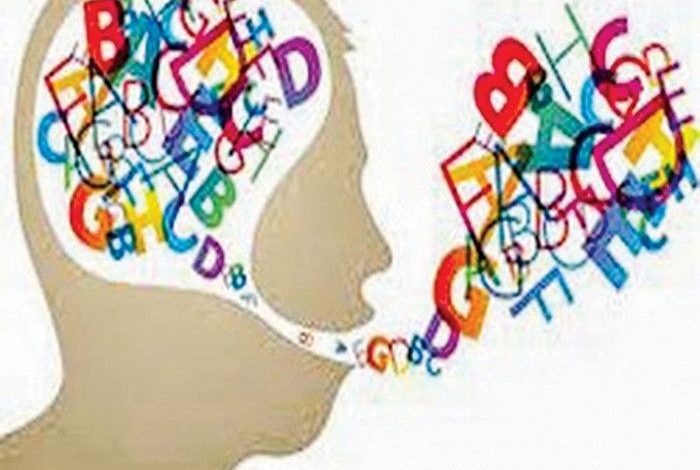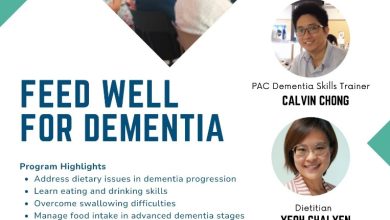

Child Health
Dr Shan Narayanan


Language has to do with meanings, rather than sounds. Language is a measure of intelligence and language delays are more serious than speech problems. Language delay is when a child’s language is developing in the right sequence, but at a slower rate.
Speech and language disorder describes abnormal language development. Delayed speech or language development is the most common developmental problem. It affects five to ten per cent of preschool children.
When a person is unable to produce speech sounds correctly or fluently, or has problems with his or her voice, then he or she has a speech disorder. Difficulties pronouncing sounds, or articulation disorders, and stuttering are examples of speech disorders.
When a person has trouble understanding others (receptive language), or sharing thoughts, ideas and feelings completely (expressive language), then he or she has a language disorder.
Both children and adults can have speech and language disorders. They can occur as a result of a medical problem or have no known cause.
Developmental speech and language disorder is a common reason for speech/language problems in children. This is a disorder that is caused by the brain working differently. These children may have trouble producing speech sounds, using spoken language to communicate, or understanding what is being said to them.
Hearing loss is often overlooked, and easily identified. If your child is speech/language delayed, their Intellectual ability is often affected.
Extreme environmental deprivation can cause speech delay. If a child is neglected or abused and does not hear others speaking, they will not learn to speak.
Prematurity can lead to many kinds of developmental delays, including speech/language problems.
Auditory Processing Disorder describes a problem with decoding speech sounds. These children can improve with speech and language therapy.
Neurological problems like cerebral palsy, muscular dystrophy, and traumatic brain injury can affect the muscles needed for speaking. Autism affects communication.
Speech/language/communication problems are often an early sign of structural problems like cleft lip or cleft palate which can interfere with normal speech.
Apraxia of speech is a specific speech disorder in which the child has difficulty in sequencing and Selective Mutism is when a child will not talk at all in certain situations, most often in school.
It is important to identify speech and language problems early. Management of the speech and language disorder and its underlying cause should start soon after the problem is identified.


